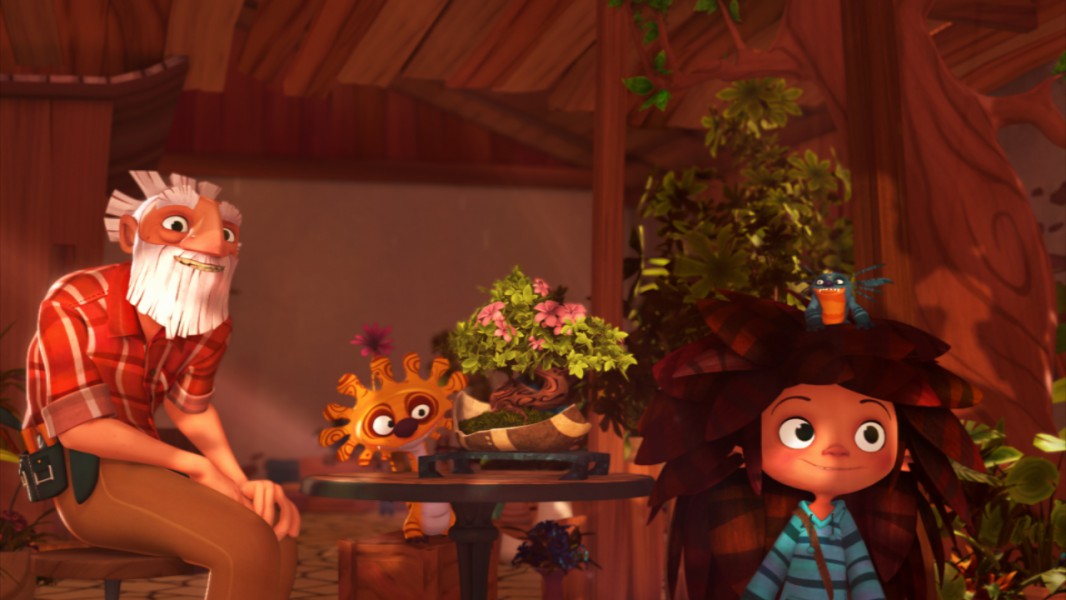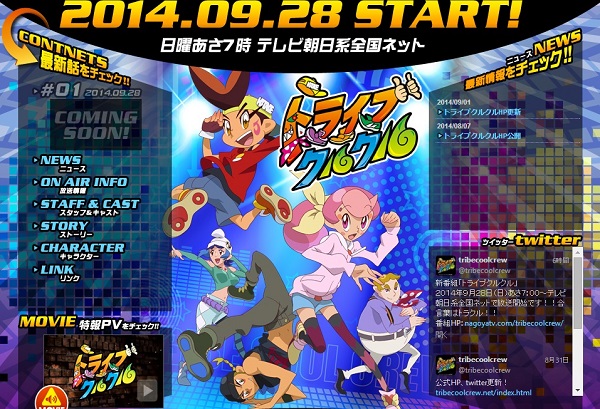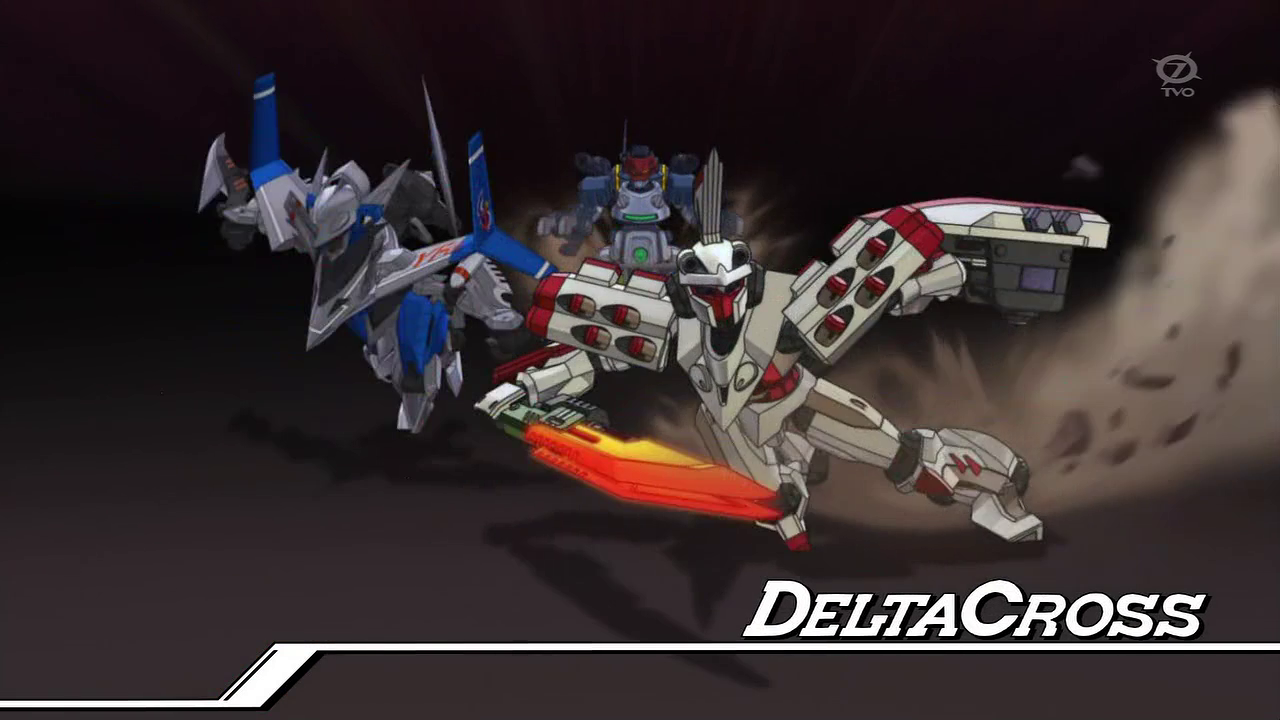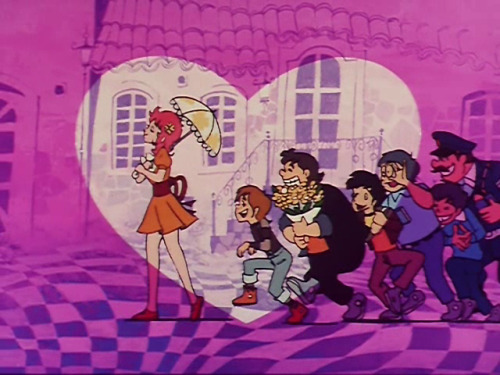The Unchallengeable Daitarn 3 (無敵鋼人ダイターン3 Muteki Kōjin Daitān 3, lit. Invincible Steel Man Daitarn 3) is an anime series created by Yoshiyuki Tomino and Hajime Yatate, and produced by Sunrise. It was first broadcast on Japanese TV in 1978. The series lasted for 40 episodes. The opening theme Come Here! Daitarn 3 is sung by Makoto Fujiwara. Despite being relatively unsuccessful in Japan, the series became very popular abroad, especially inItaly during the 80's.
Plot
Sōzō Haran was a brilliant scientist that was conducting research on Mars. He created a form of cyborg life with the ability to think for itself. These cyborgs, dubbed the Meganoids (メガノイド Meganoido?), soon ran out of control and killed Dr. Haran along with his whole family, save his youngest son, the 16-year-old Banjō Haran. Banjō escapes from Mars on a rocket with a solar-powered super robot called Daitarn 3, which was built with the special metals of Mars. Now 18 years old and living on Earth in a luxurious mansion, Banjō fights against the meganoids and their leader, Don Zauser and his second in command Koros, with the aid of his faithful butler Garrison, his two gorgeous companions, Reika and Beauty, and an orphan boy named Topo. Together they must stop the evil meganoids which aspire to turn all humans into cyborgs and thus "improve" the human race.
History
Some of the staff fresh from Zambot 3 worked with Tomino on the Daitarn 3 project. The suave nature of the hero, Banjō Haran, was a direct attempt at capturing some of the spirit of the James Bond movies, which can be seen in the fact almost as much action takes place with Banjo, Reika Sanjō (ex-Interpol agent) and Beautiful Tachibana (also called "Beauty") playing superspies as Banjō fighting against Meganoid robots in Daitarn 3.
Other important characters were Garrison Tokida, Banjo's trusted butler and Toppo, a comic-relief character who gets rescued from a Meganoid-hijacked city block in ep. 2 and then stays with Banjō & C. for no apparent reason.
An interesting point to note is a light comedic element running through the whole series - the Meganoid foot soldiers exert some of their own personality with witty banter, bringing a fresh change to the silent drones which permeated super robot series previously.
-----------------
The full opening theme to the super robot anime Muteki Koujin Daitarn 3. Performed by Horimitsu Kazumichi.
Japanese Lyrics:
1 2 3 Daitarn 3!
Namida wa nai, namida wa nai
Ashita ni hohoemi aru dake
Come here! Daitarn 3 Daitarn 3
Nichi no kagayaki wo mune ni hime
Ore no karadaga ore no karadaga moete iru
Tatakae tatakae
Uchyu no hate ni kieru tomo
Kagayaku ginga o kakemeguru
Daitarn 3 ware to ari
Habatake osora he daichi wo kette!
Kanashikunai kanashikunai
Ashita ni kibou ga aru dake
Come here! Daitarn 3 Daitarn 3
Nichi no kagayaki wo se ni ukete
Ore no karada no ore no karada no chiga sawagu
Ute yo kudake yo
Chikyou no jigoku no soko ni ochiru tomo
Kagayaku ginga wo tsukinukete
Daitarn 3 ware to ari
Habatake osora he ai wo itaite!
Japanese Lyrics:
1 2 3 Daitarn 3!
Namida wa nai, namida wa nai
Ashita ni hohoemi aru dake
Come here! Daitarn 3 Daitarn 3
Nichi no kagayaki wo mune ni hime
Ore no karadaga ore no karadaga moete iru
Tatakae tatakae
Uchyu no hate ni kieru tomo
Kagayaku ginga o kakemeguru
Daitarn 3 ware to ari
Habatake osora he daichi wo kette!
Kanashikunai kanashikunai
Ashita ni kibou ga aru dake
Come here! Daitarn 3 Daitarn 3
Nichi no kagayaki wo se ni ukete
Ore no karada no ore no karada no chiga sawagu
Ute yo kudake yo
Chikyou no jigoku no soko ni ochiru tomo
Kagayaku ginga wo tsukinukete
Daitarn 3 ware to ari
Habatake osora he ai wo itaite!











